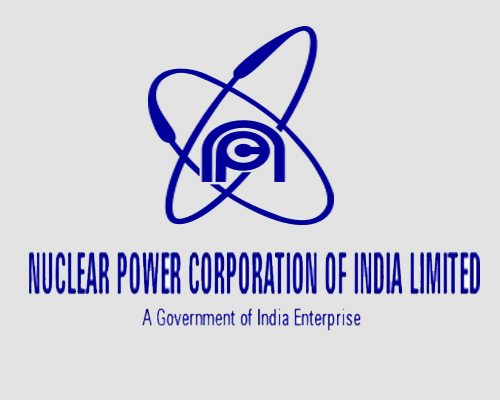India was one of the first countries to have a nuclear power program. It built its first research reactor in 1954. Today, India has twenty two reactors which provide about two percent of its electricity. Coal provides about sixty-nine percent and seventeen percent is provided by renewable sources.
India is not able to import enough uranium for a larger fleet of reactors because import restrictions were impose in 1974 after India detonated its first nuclear bomb. Nations which supplied India with nuclear technology were upset because India illegally used some of that technology to develop nuclear weapons.
In 2010, an agreement with the U.S. led to conversations with U.S. nuclear companies such as Westinghouse and GE Hitachi. India also began discussion with Areva of France. India was hoping to gain access to commercial nuclear technology but negotiations with major nuclear companies ground to a halt over the insistence by India that nuclear technology suppliers would be liable for any future accidents.
This insistence on supplier liability arose from the horrible industrial accident in Bhopal in 1984 where thousands of people died and hundreds of thousands were exposed to toxic chemicals. No other countries have this requirement. The current government has suggested that it could create an insurance pool against future accidents but suppliers of nuclear technology insist that the liability provision be cancelled entirely. India was also barred from the International Nuclear Suppliers Group because India has refused to sign the Nuclear Non-proliferation treaty.
In addition to the problems detailed above, the bankruptcy of Westinghouse this year in the wake of the cancelled nuclear reactors in South Carolina and financial problems with Toshiba, the owner of Westinghouse, called into question their ability to construct six promised nuclear power reactors in India. Recently, the news that Westinghouse will soon be exiting its chapter 11 bankruptcy status raised hopes in India that their plans to expand India’s fleet of nuclear reactors might be able to proceed.
The French nuclear company, Areva, is also having financial difficulties that are impacting its ability to deliver nuclear reactors to other countries. Although Areva was recently recapitalized by the French government, it is still deep in debt.
Brahma Chellaney, a professor at the Centre for Policy Research in New Delhi recently said that “There are no active negotiations with foreign vendors. Years after India signed the nuclear deal with the US, not a single western-designed power plant is under construction, and even if you started now it would not be built for another 10 years.” Mr. Chellaney says, “Indian nuclear plants are of a reliable design, and are more efficient in terms of cost. What’s more, because they are built by a state-owned operator, the government can stop worrying about who would pay the cost in the event of a nuclear accident — they would.”
The debate continues in India about whether they should invest their capital in new nuclear power plants or invest their capital in renewable energy sources. Their desire and intent to reduce carbon emission require that they invest in one of the two alternatives. Ravi Grover, a nuclear scientist and adviser to the Indian department of atomic energy said “Electricity generation in India will continue to grow at about 6 per cent. India can provide for this on the basis of coal-fired power plants or low carbon sources, and it is desirable that low-carbon sources are given preference. If nuclear power from foreign sources does not materialize, it would imply generation from coal-fired sources would have to be higher.” On the other hand, Amit Bhandari, a fellow at the Gateway House think-tank and a supporter of renewable energy says “Renewables are quicker, cheaper and more convenient to build. We already have constant power being delivered by our coal plants. We should be focusing what capital there is on renewable generation.”
